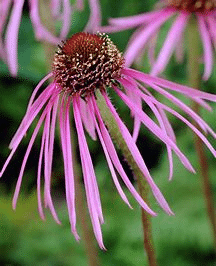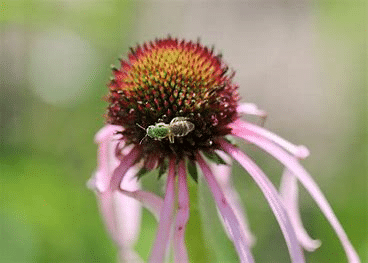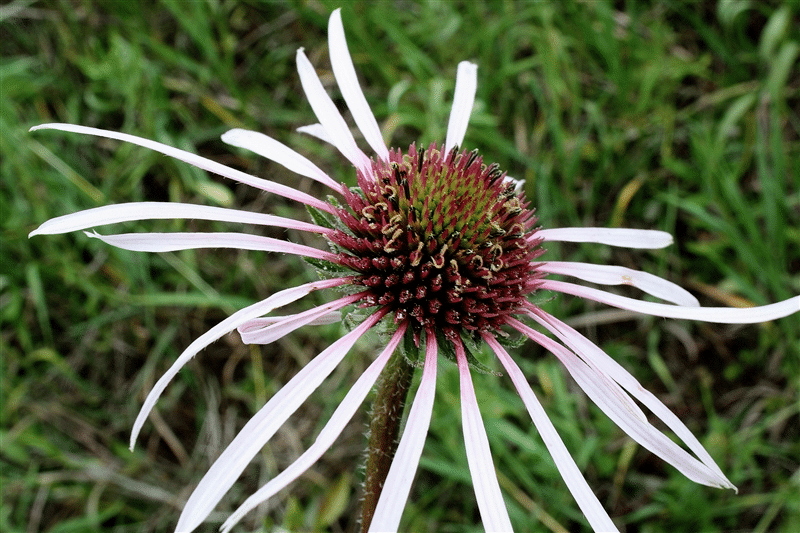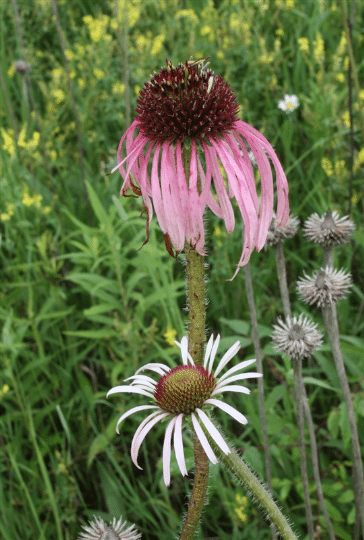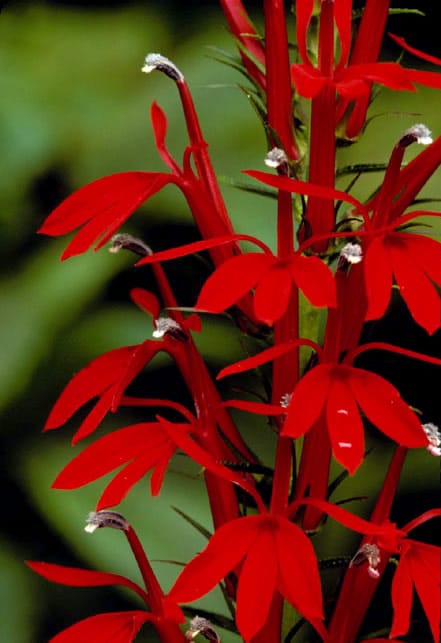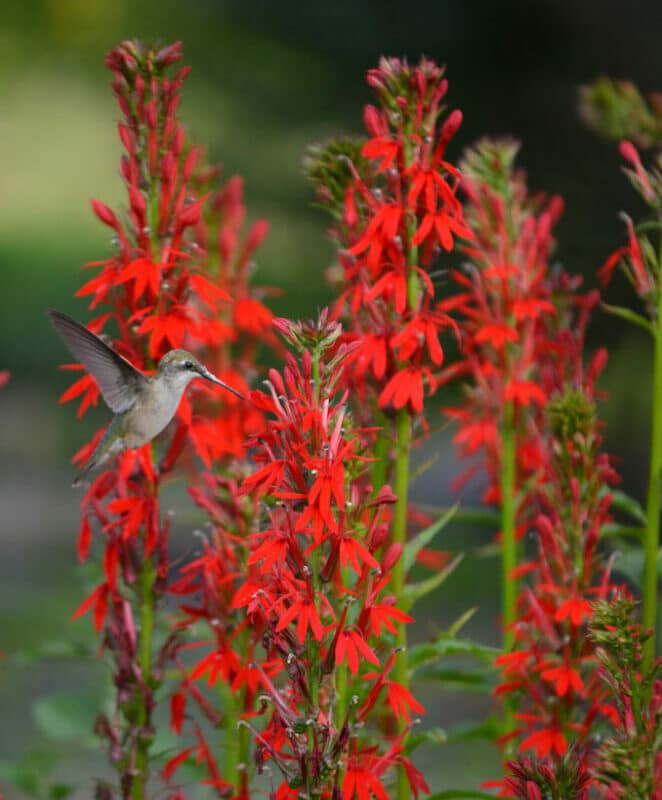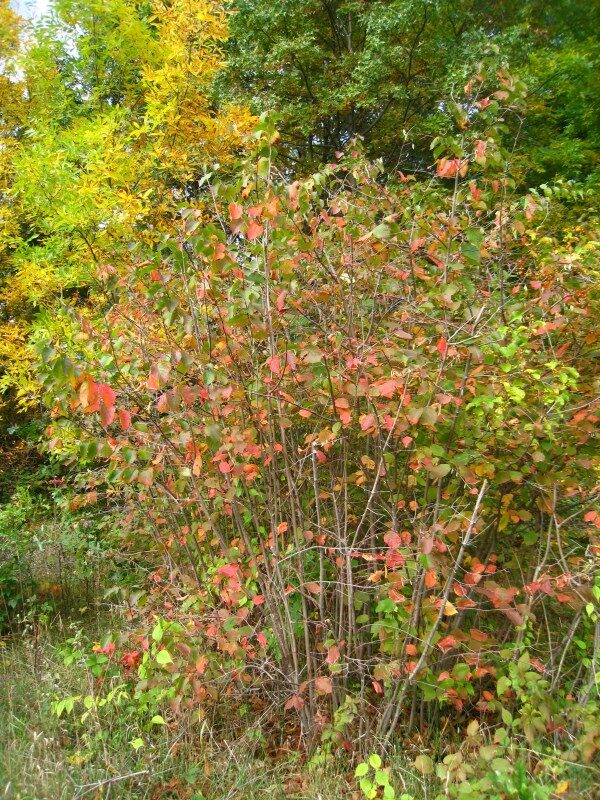Description
Pale Purple Coneflower grows up to 3′ feet tall and has very pale purple to pink flowers. It blooms in early summer when only a few of the sun loving plants are in bloom and provides nectar for hummingbirds and butterflies, and the leaves provide food for the Ottoe-skipper larva. It features narrow, parallel-veined, toothless, dark green leaves (4-10” long) and large, daisy-like flowers with drooping, pale pinkish-purple petals (ray flowers) and spiny, knob-like, coppery-orange center cones. Also easy-to-establish and a prairie icon is its cousin, Purple Coneflower (Echinacea purpurea), which has a deeper purple flower and will bloom just at the tail end of Pale Purple Coneflower’s bloom cycle. Planting these two together will give you many, many weeks of Echinacea blooms.
Pale Purple Coneflower should be planted in average, dry to medium, well-drained soil in full to partial sunlight. Best in full sun. Most native Coneflowers dislike soil that is kept excessively moist or has poor drainage and they will start to rot in these situations. Once the taproot is established it is extremely drought-tolerant and needs little care, but then also may be difficult to move. An adaptable plant that is tolerant of drought, heat, humidity and poor soils. Divide clumps when they become overcrowded (about every 4 years). Plants usually rebloom without deadheading, however prompt removal of spent flowers improves general appearance. Freely self-seeds if at least some of the seed heads are left in place. In the past all of the Purple Coneflowers were used as medicinal plants by the Native Americans.
Great resource: https://happydiyhome.com/purple-coneflower/
Click here for more information from USDA-NRCS.

